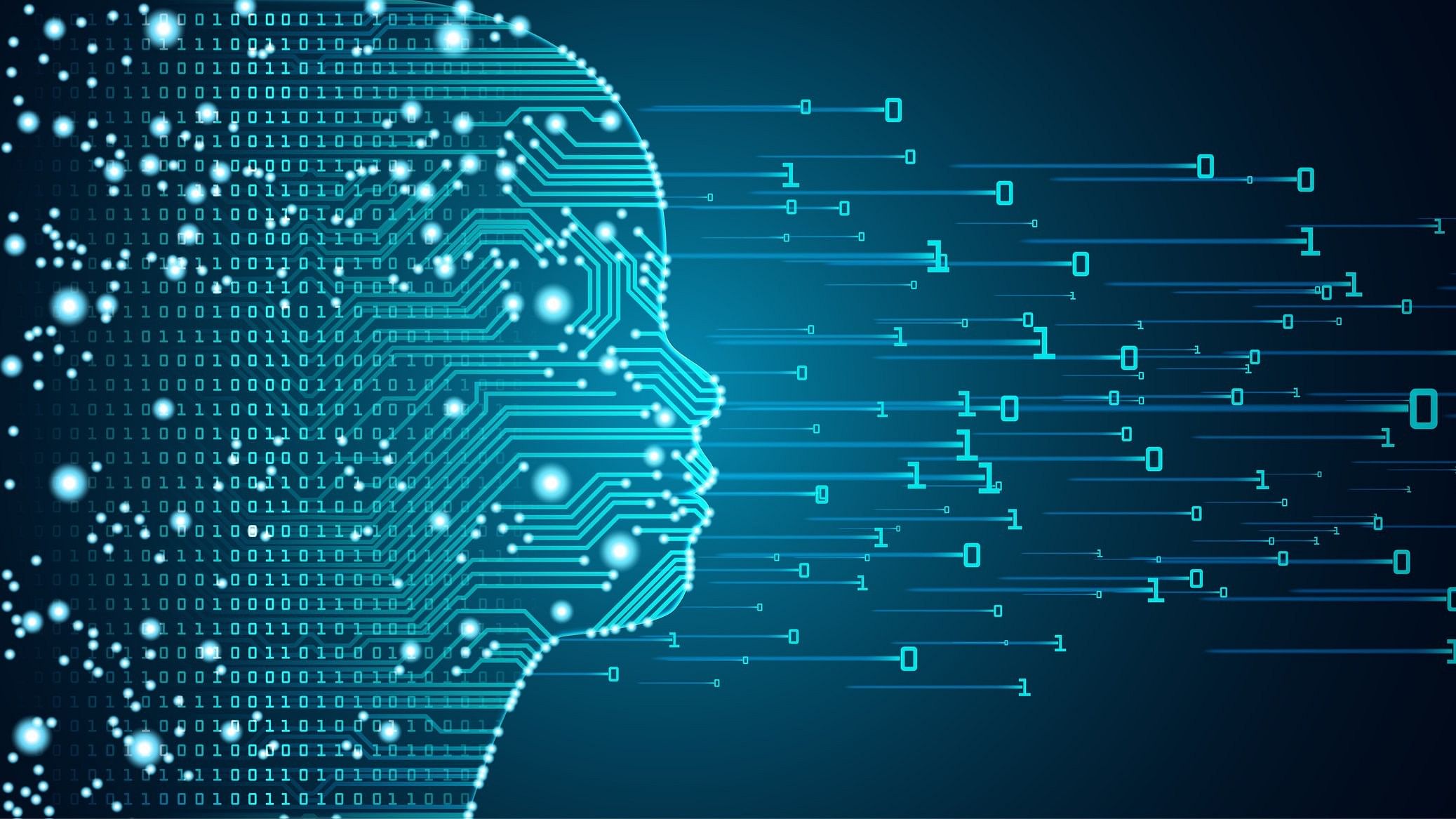
Representative image: More than 30 universities around the world including the University of Michigan, the Free University of Berlin, and the Lancaster University in Germany have shown interest in renting organoids
Credit: iStock Photo
Swiss tech company FinalSpark has announced that it would offer biocomputers made of human brain cells for rent to universities for research work.
FinalSpark's Biocomputers, also called organoids, are small clusters of the human brain's neuron cells. They can be used to train generative Artificial Intelligence (gen AI) large language models (LLMs) better than power-guzzling GPU-powered computers and servers.
FinalSpark will offer organoids to research institutes for $500 per month. Already, more than 30 universities around the world including the University of Michigan, the Free University of Berlin, and the Lancaster University in Germany have shown interest in renting organoids, reported Interesting Engineering.
Are organoids a better alternative to computer servers to train AI models?
It is believed that the organoids are super efficient in terms of energy consumption compared to the gen AI model, which need powerful servers to run them.
For instance, the average home in the US consumes around 29 kWh of electricity. And, training a small AI model might use around 50 kWh of electricity, enough to power one average home close to two days.
Comparatively, the human brain requires around 20 Watts of power to operate in optimum conditions and this translates to 0.5 kWh of power consumption per day.
Theoretically, biocomputers (aka Organoids) can replicate efficiency up to 1 kWh to train AI models. They have the potential to replace the power-guzzling 50kWh AI servers.
However, biocomputers are still in the experimental stage and there is a long way to go. There are several technical challenges to prove its capability of running large AI models on par with the current crop of AI computer servers.
For instance, organoids can only survive for 100 days and have to be transferred to a fresh new batch of neuron clusters to maintain the memory created.
And for training AI models on organoids, scientists use complex measures. To reward for right response, they release dopamine, a feel-good hormone. For a negative response, they release an electrical pulse.
Here with AI models training on computers and servers, the machines are assigned numerical codes and this way, the AI models will be able to understand whether the response was right or wrong and try not to repeat mistakes or avoid certain words in responding to the users.
Biocomputers, if they achieve high energy efficiency of human brains, have the potential to replace conventional computers to train AI models in the coming future.
Get the latest news on new launches, gadget reviews, apps, cybersecurity, and more on personal technology only on DH Tech